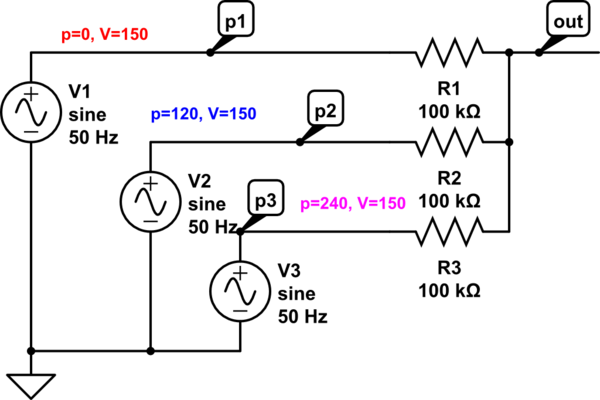I need some help with the below circuit.
Circuit:
3-phase AC circuit (3 phases and neutral). 120deg phase shift between the 3.
I need to provide a signal to the Microcontroller.
If one of the phases is missing, or most importantly, if phase difference is greater than 120deg between any of the two phases, then I need to convey this information to the MCU.
Initially, I thought of using an OR gate IC and giving the output of the gate to the MCU. But using the OR gate, it is not possible to convey the phase difference information to the MCU.




